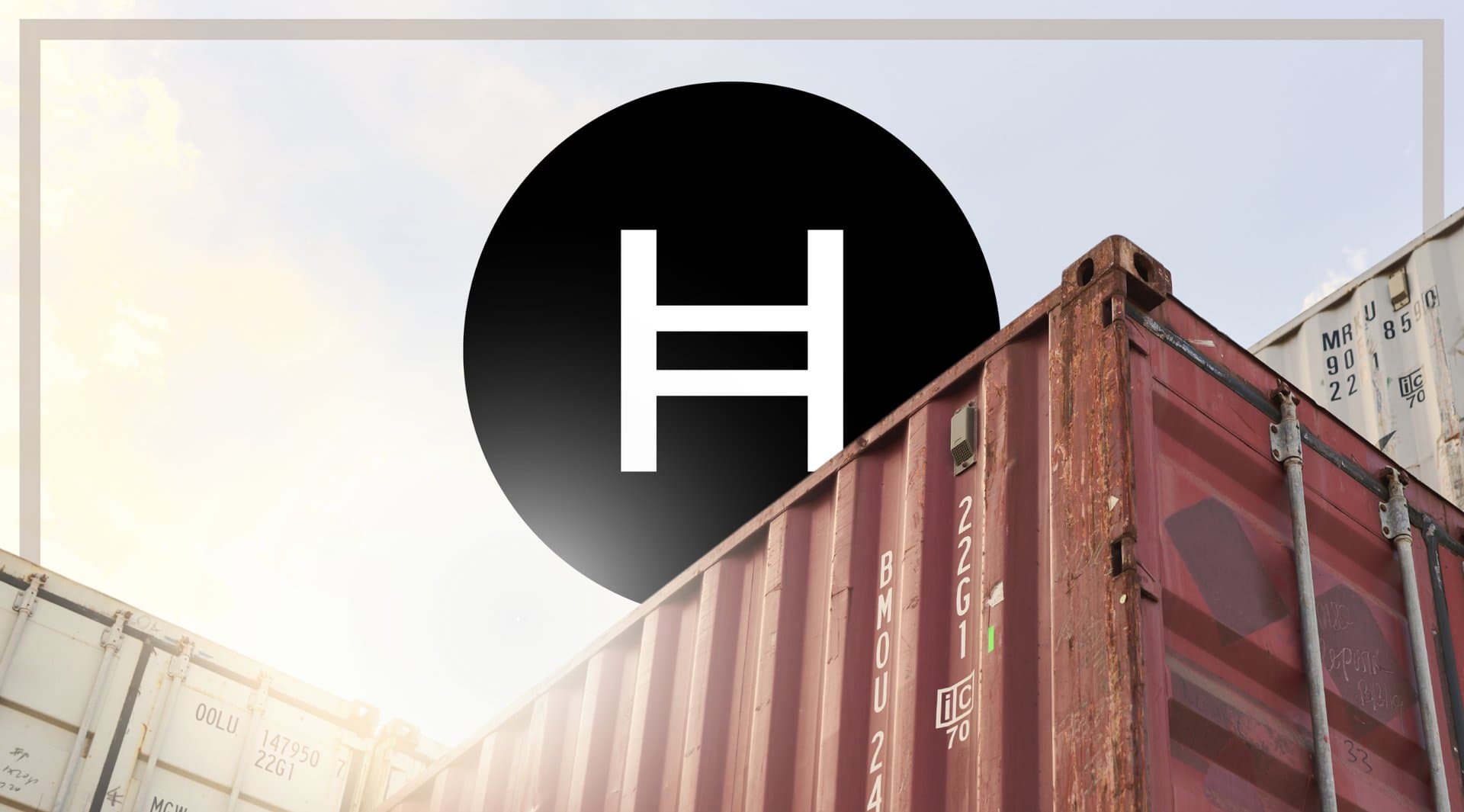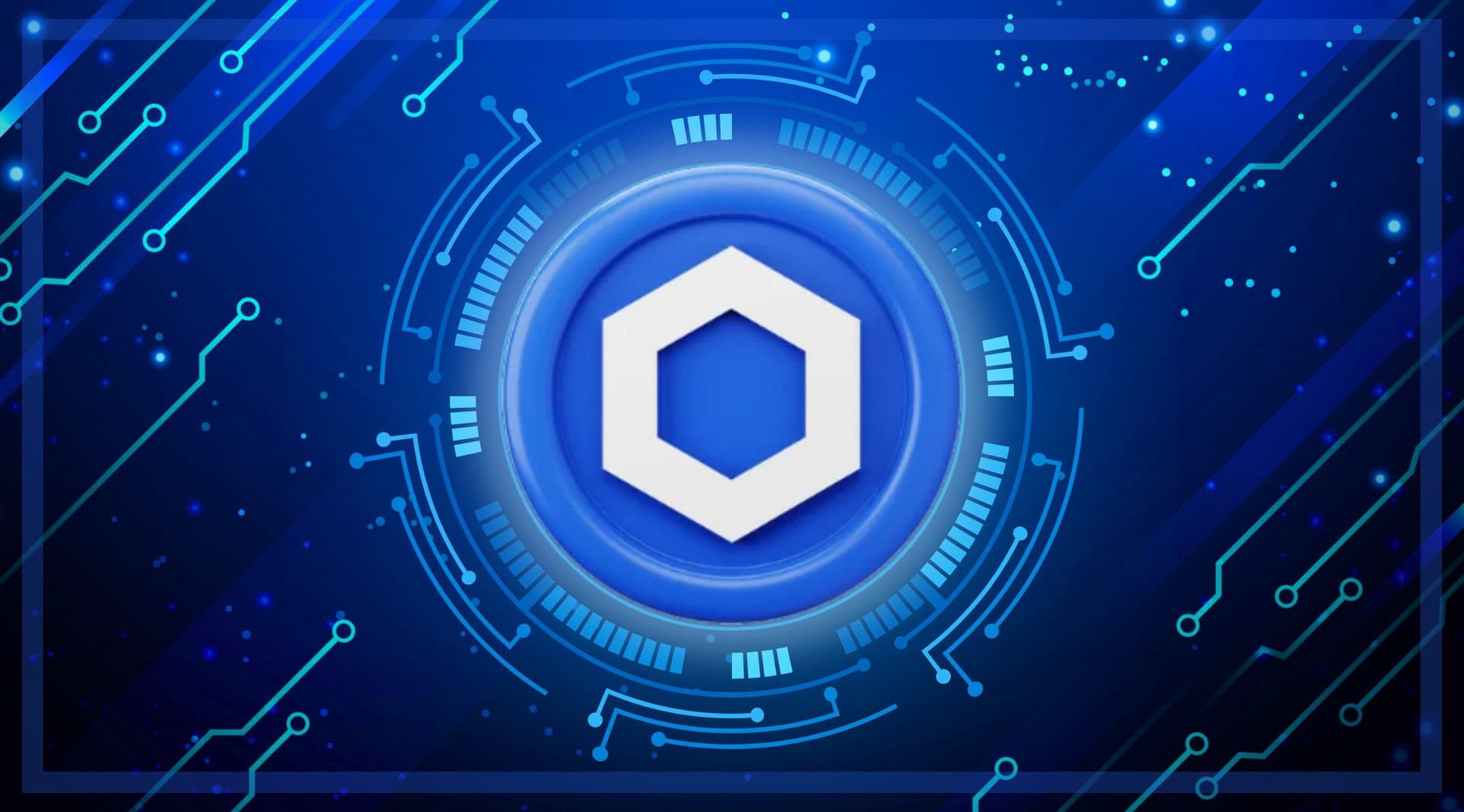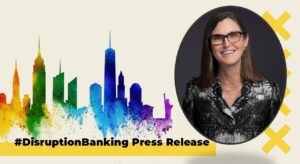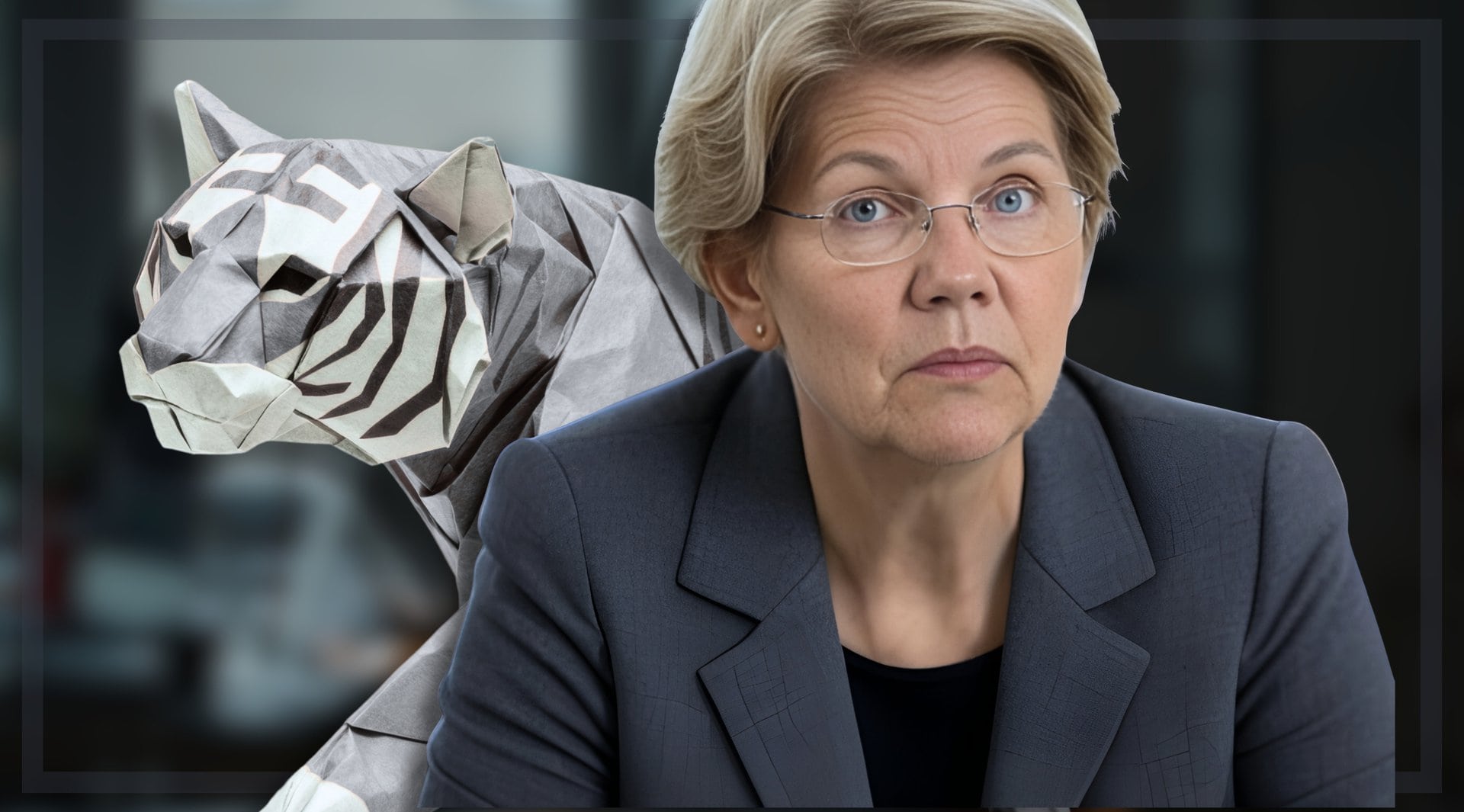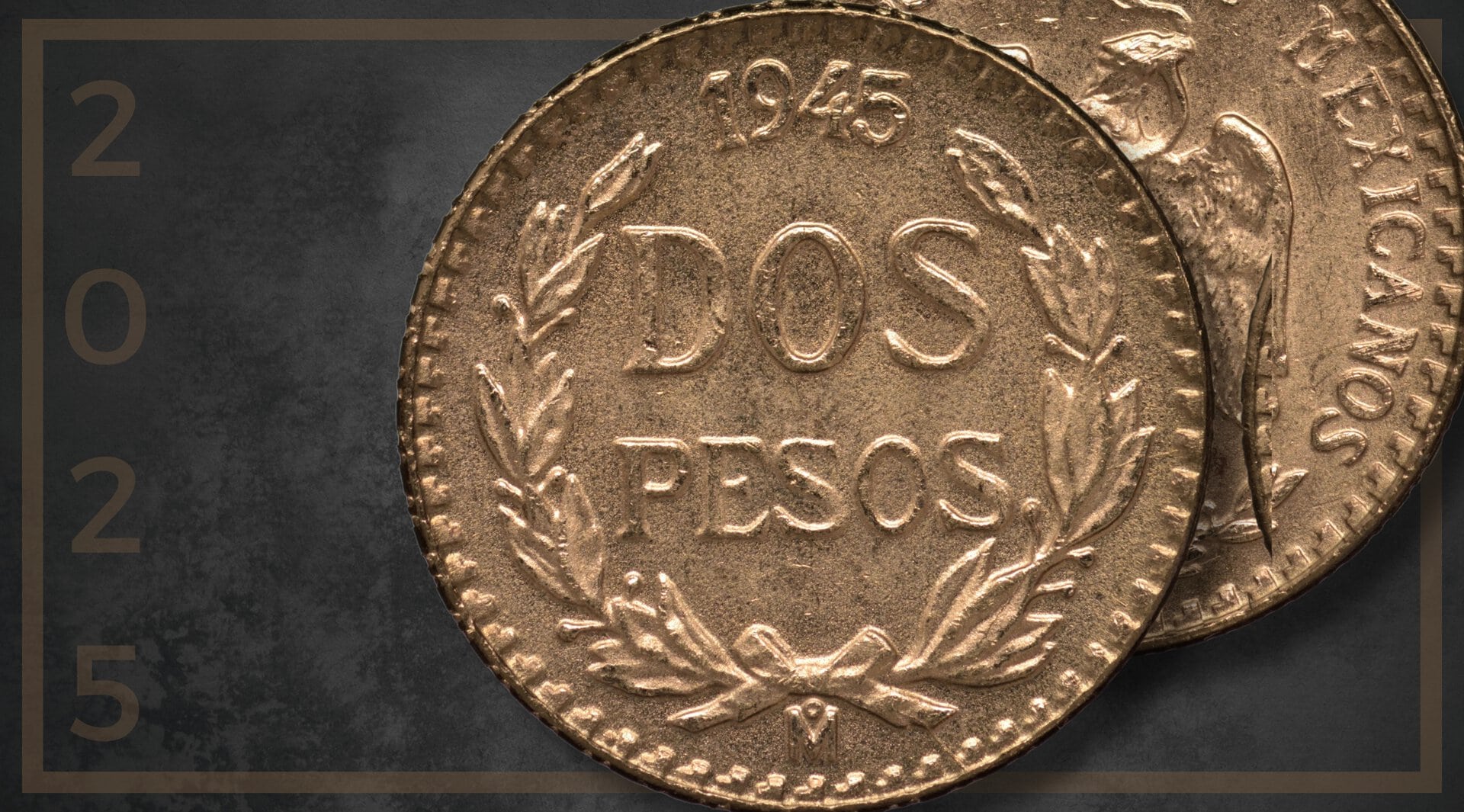There is a high chance that the way supply chains operate today will evolve. Not only is there new regulation coming into force, but there is also the advent of Web3, tokenization, and other disruptive technologies. In today’s drive for digitalization, we look at how Hedera is decentralizing the value chain. Or, disrupting SAP’s marketplace, but in Web3.
In May 2022, Marie Kretz of SAP wrote about how the world leader in Enterprise Resource Planning (ERP) software had enabled cryptocurrency payments for clients. The co-innovation with BitPay even covered services like payroll, allowing employees to receive cryptocurrency or stablecoins as payment.
More importantly, SAP has released something called GreenToken. GreenToken, according to SAP’s White Paper, is an SaaS-based mass balance material traceability and transparency platform focusing on commingled, hard-to-trace raw materials. The solution combines the three innovative principles of mass balance, tokenization, and blockchain for chain of custody.
How can consumers, regulators, and supply chains have confidence in bio- and circular-attributed plastic product claims?
— SAP News (@SAPNews) July 27, 2023
GreenToken by @SAP can help: https://t.co/lffeIUwHFf pic.twitter.com/YPU5lDBqVw
In July this year SAP’s GreenToken won the Sustainability and Environmental Solution award at the iAwards Canberra. Unilever helped prepare SAP’s White Paper and has piloted blockchain technology supporting deforestation-free palm oil together with GreenToken by SAP.
In June this year, Sissi Ruthe of SAP announced the firm’s intention to create an SAP Digital Currency Hub. And, this month, SAP’s representatives wrote on the firms’ site how: “The whole value chain of enterprises might become hybrid. We can expect a virtual value chain that spans any sort of virtual asset, such as currency and goods. We expect that business information systems will need to evolve to enable these hybrid value chains.”
The Focus at Hedera is Enterprise
It was last May that Avery Dennison Corporation announced that it is partnering with the HBAR Foundation on sustainability initiatives. At the time the atma.io platform, Avery Dennison’s connected product cloud, was already managing over 22 billion items from various supply chains.
Huge thanks to @ADSmartrac for this new video showing how @AveryDennison's connected product cloud https://t.co/dfd6SyHrhs – with 22bn+ items tracked – is utilizing #Hedera to bring trust & #transparency to supply chains & #decarbonization practices👇
— Hedera (@hedera) February 2, 2023
➡️https://t.co/RDOkFePBfa pic.twitter.com/FZ7pmImxXJ
Many industries need end-to-end supply chain traceability, carbon accounting, and carbon reduction capabilities to allow them to deliver on their net-zero carbon goals.
“When we started Hedera back in 2017 we had a thesis that ultimately the market would care about governance as much as it cares about technology.” Mance Harmon, Co-founder of Hedera and co-CEO of Swirlds Labs shared with #DisruptionBanking.
Layer 1 blockchains at the time were not to the standard we are seeing today. Governance was bad and enterprises were not keen on experimenting with a technology considered to be in its infancy.
“Part of the reason that we created Hedera was because we wanted to address the enterprise ecosystem,” Mance added. “No-one else was.”
The most responsible way to approach the market, Mance believes, is to be governed by enterprise for enterprise. What Mance and the other co-founders wanted to address was the largest companies in the world – their important use cases, the ones that have high throughput requirements, who require a lot of bandwidth and a lot of transactions.
To do this, it was important to provide a dollar-dominated native token, Mance elaborated. Which is why the fees on the Hedera network have always been denominated in (US) dollars and cents. Any business building on Hedera only needs to pay a few basis points to make API calls to the network. This makes it easier for developers to plan and build applications, in alignment with their traditional means of forecasting cost of goods sold (COGS).
Web3 Applications and Tokenization
Mance used the example of DeFi to explain how Web3 applications were already consumer focused. More importantly, he thinks that Web2 solutions that address not just consumers but address big enterprise are going to benefit in a meaningful way, sooner than others.
An example of the development of Web3 has been the introduction of NFTs to society, Mance added. Which simply means that tokenization has become more popular as a concept.

Talk moved on to the ways that Mance has seen Avery Dennison’s atma.io use tokenization within a supply chain. Raw materials have been tokenized. Mance explained how during the production process these raw materials are turned into new products. Products that are also tracked with tokens. At the same time energy consumption is measured. Meaning there is an ESG component to tokenization. Explaining the ideal workflow:
“Tokens can be traded programmatically as part of the workflow with a DeFi platform,” Mance shared. “You take the tokens, and you get a capital loan against the materials. Because you are creating value and creating a product further down the supply chain, there is value in these tokens.”
“Further down the supply chain you get to the distributor. You get an accounts receivable for the pallet of products that has been delivered. And, again, you receive payment in the form of a token. This can also be interfaced with a DeFi platform or a CeFi (Centralized Finance/traditional bank) which has a tech stack that supports tokens. And it can be factored. Leaving you with payment in stablecoin or deposit coins that represent fiat currency, for instance,” Mance explained.
The world is going to be tokenized, and Mance believes that supply chains will play an important beneficiary of this tokenization.
Enterprise Resource Planning (ERP)
ERP makes it possible for big enterprises to run their organisations more efficiently. Blockchain is ERP across business networks, Mance elaborated.
“A given business plus all its business partners in its business network represents an ‘ERP solution’ across the business networks that ties them all together and makes business more efficient. That is an ideal use of DLT,” Mance emphasized.
“We are decentralizing the value creation,” Mance added. “Instead of the value creation being in the hands of the few, everyone that’s participating is realising that piece of value, individually.”
With initiatives like what is being undertaken at Avery Dennison’s atma.io, one can start to imagine how the future could unfold. Mance is bullish on the future. He can see uptake by traditional banks as the additional sustainability benefits of tokenization start to become visible.
The talk of digital twins and tokenization within the enterprise market is increasing. So are the solutions on the market today. Whilst SAP seems to be making in-roads into the market, organisations like Hedera are ensuring that the future will be both more decentralized as well as offering more choice to organisations. Choice between the existing market leaders and those that are already furrowing a path into Web3 today.
We will be covering more stories with Hedera at the upcoming North American Blockchain Summit on the 15th to the 17th of November. Mance is a speaker at this years’ premier blockchain event. Tickets are on sale here.
Author: Andy Samu
See Also:
How Strong will Hedera’s HBAR be in 2024? | Disruption Banking
Bitcoin mining: how can we make it greener? | Bitcoin Mining (disruptionbanking.com)
How Hedera could turn ESG reporting from a fairytale to a reality | Disruption Banking
Supply Chain Disruptions and Credit Risk Dependencies | Disruption Banking


